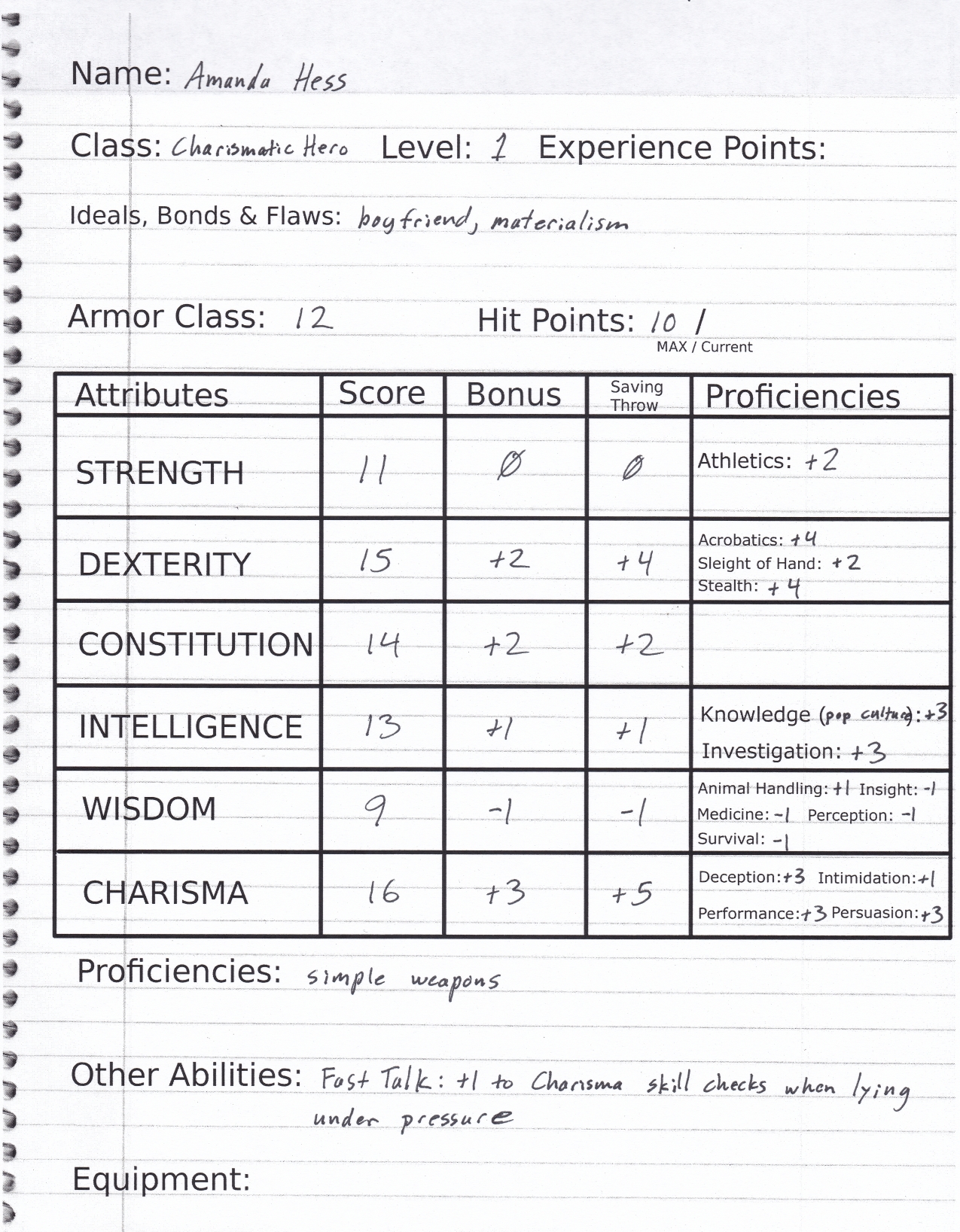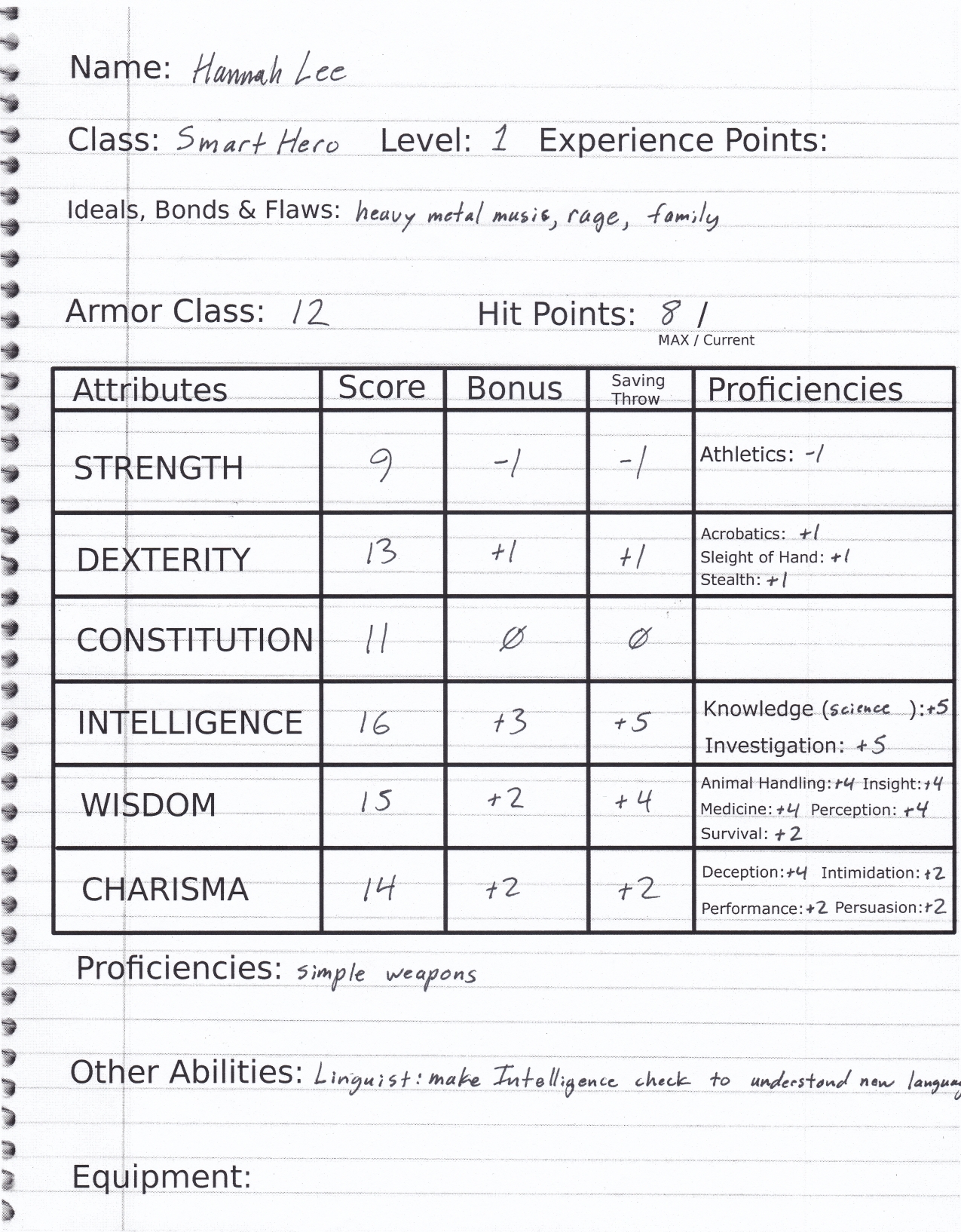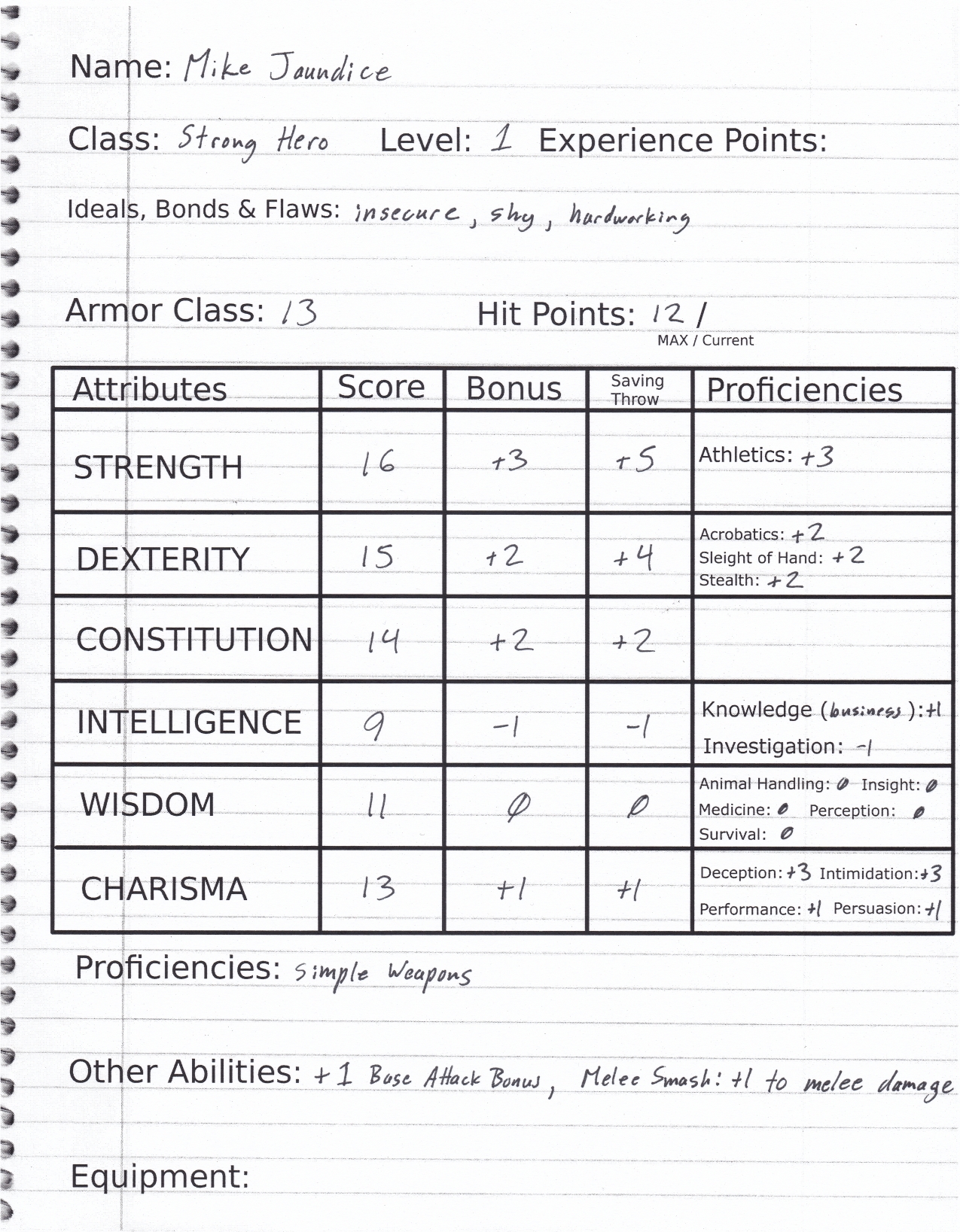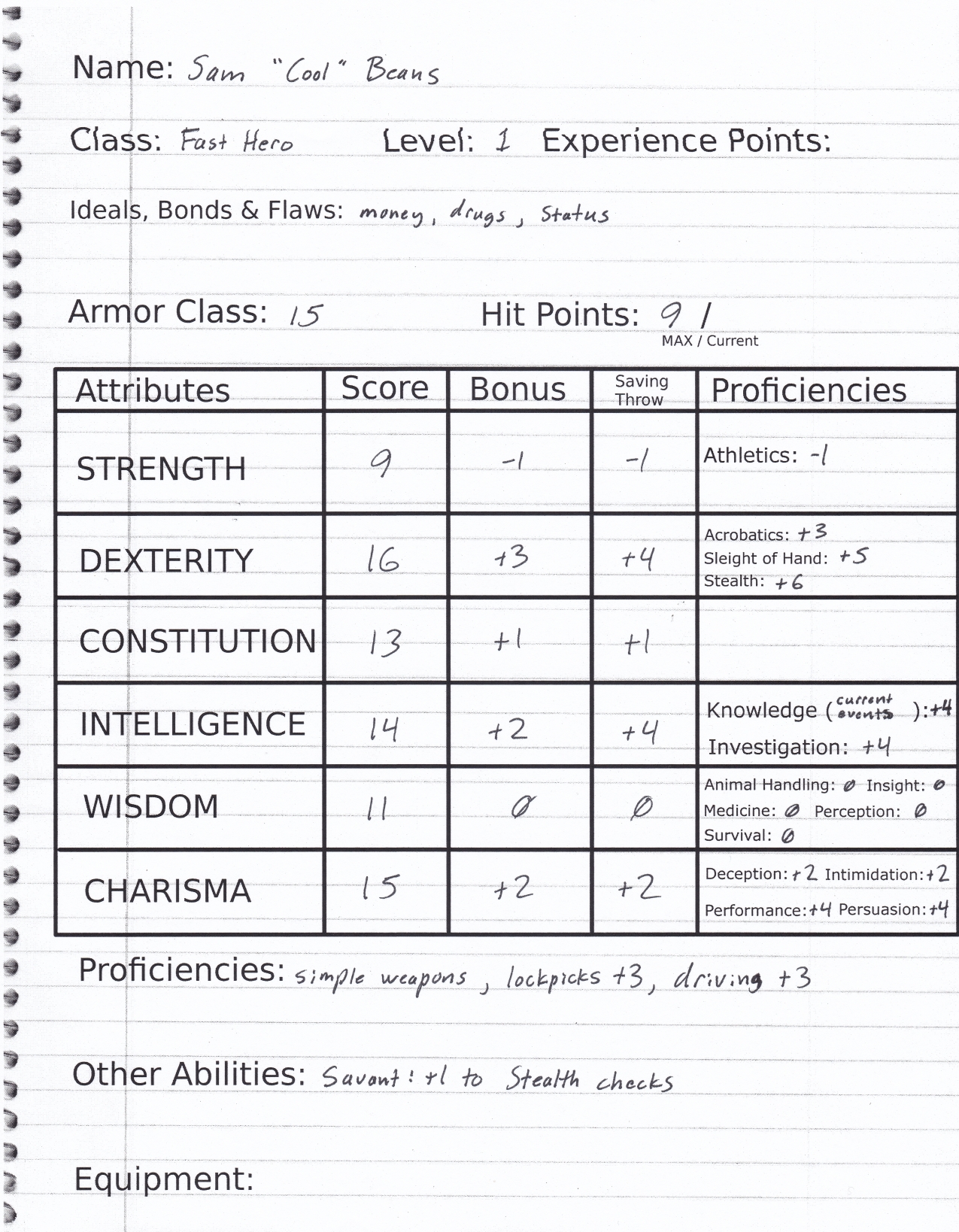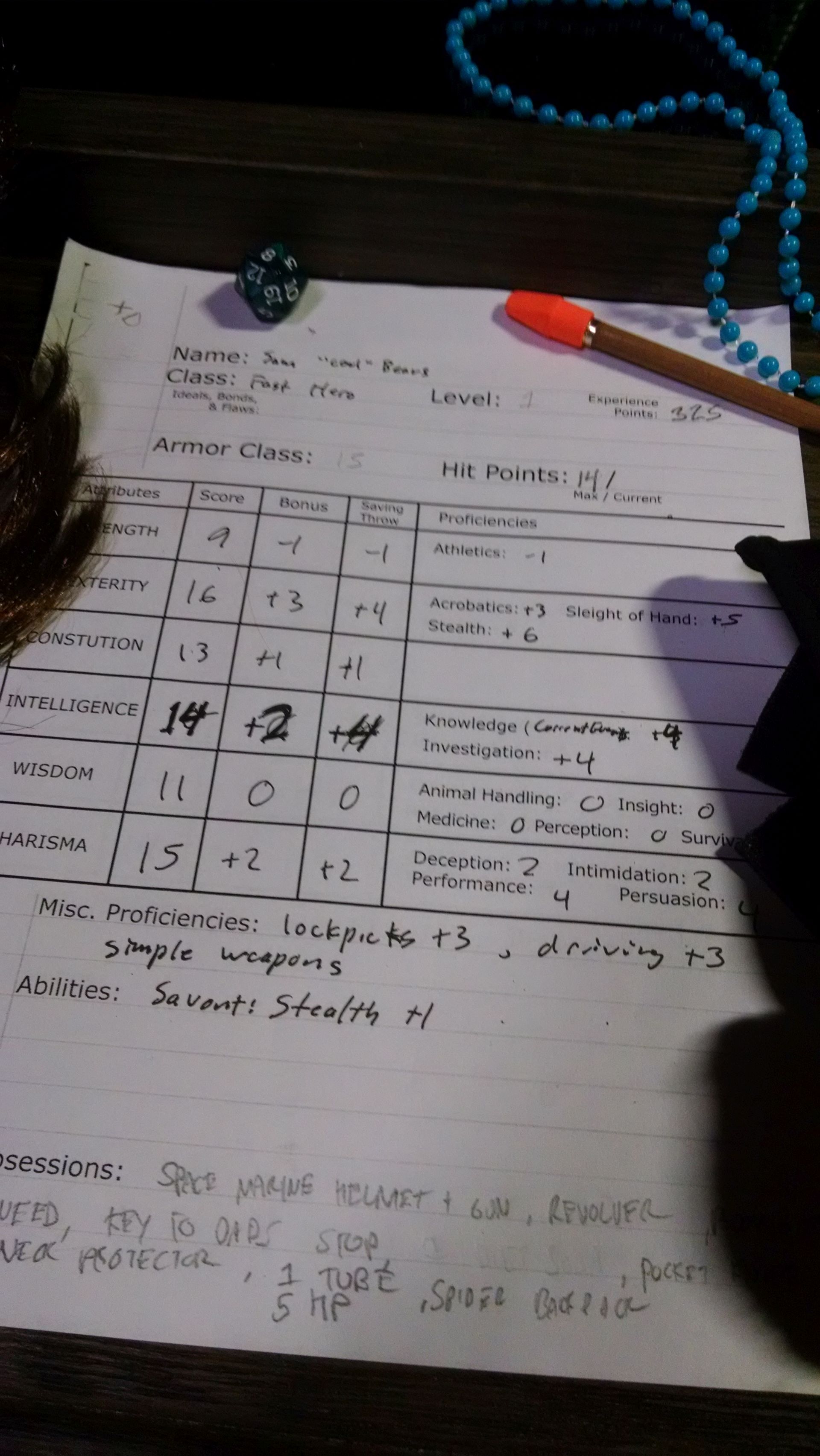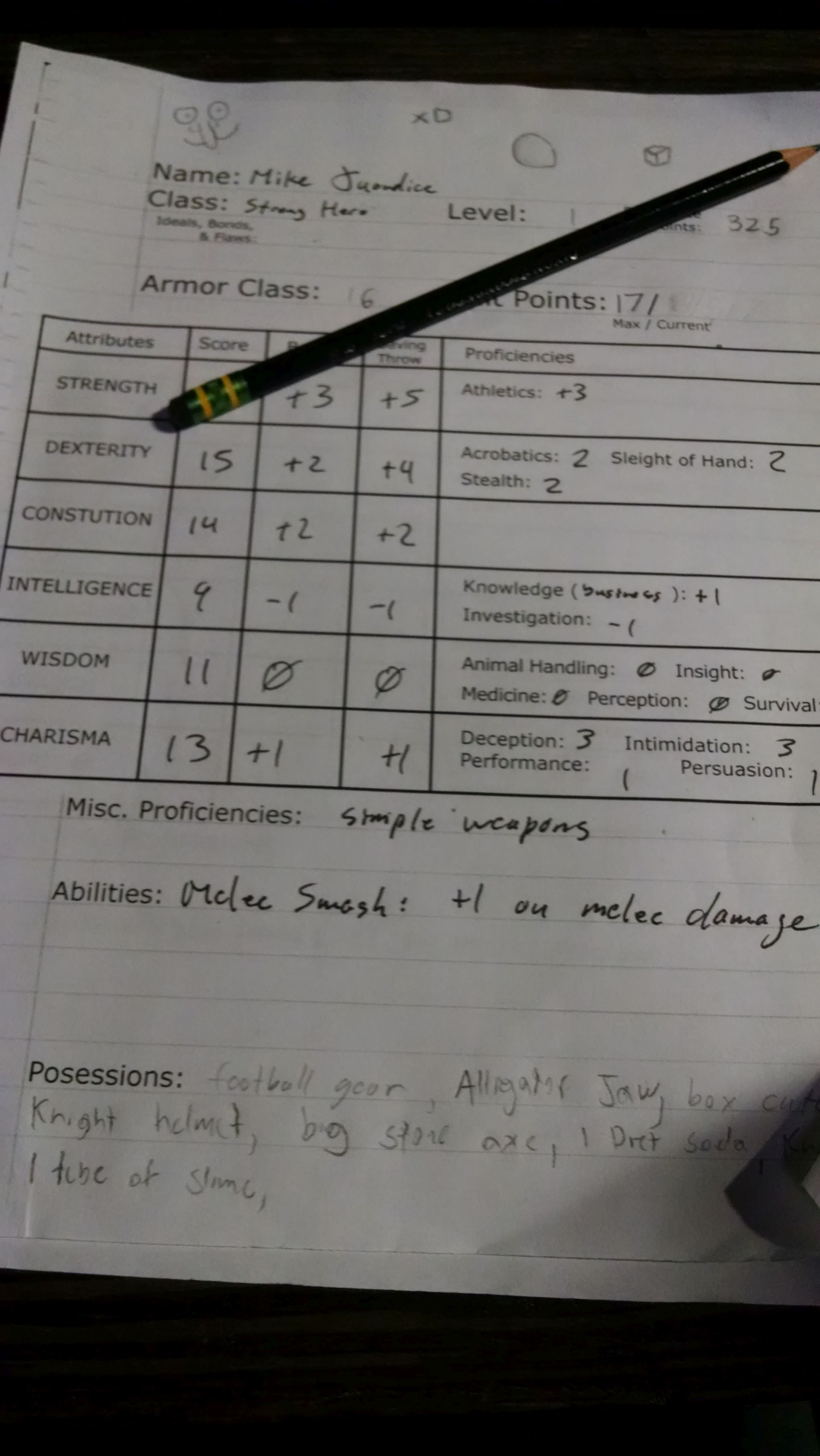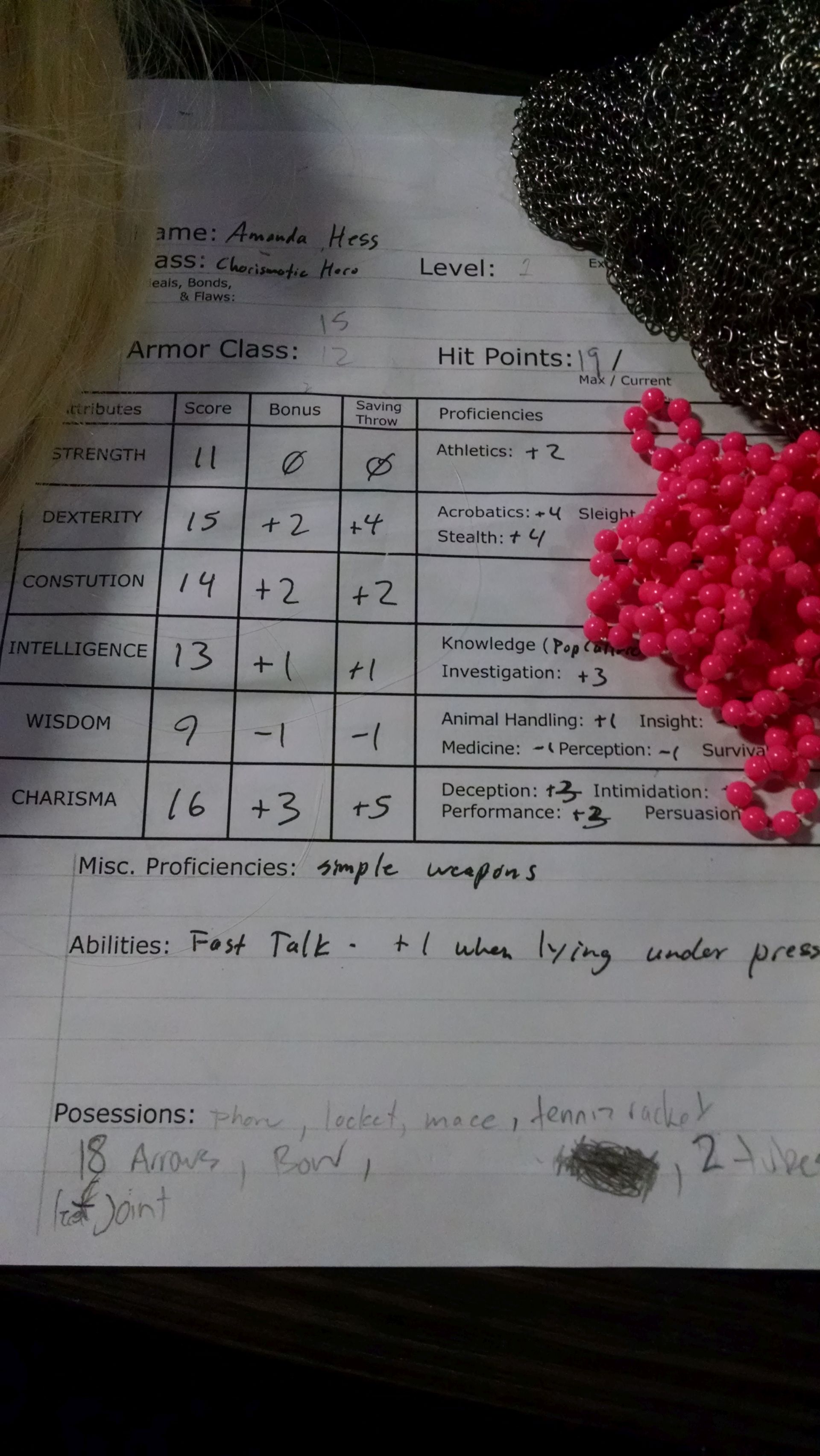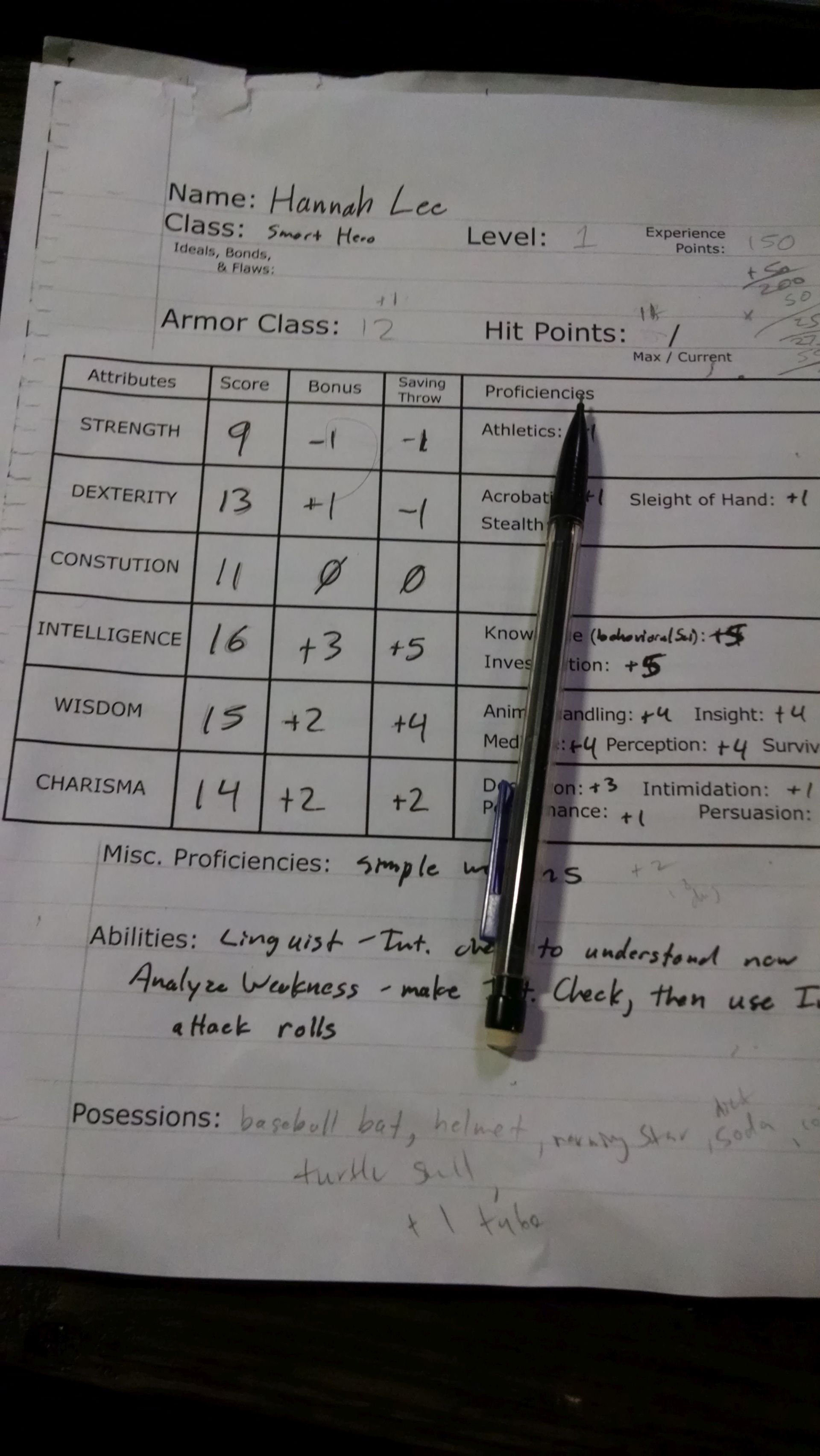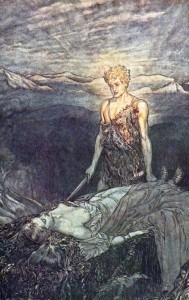Dwarven Death Knight
Medium undead, lawful evil
Armor Class 19 (plate armor), 21 (shield of faith)
Hit Points 67 (8d8+24)
Speed 25 ft.
Proficiency +3
STR 19 (+4) DEX 10 (+0) CON 16 (+3) INT 10 (+0) WIS 12 (+1) CHA 15 (+2)
Saving Throws Dex +3, Wis +4, Cha +4
Damage Resistances fire
Damage Immunities poison; necrotic
Condition Immunities charmed, exhausted, frightened, poisoned
Senses passive Perception 11, darkvision 120 ft.
Languages Common, Dwarven
Challenge 6 (2,300 XP)
Actions
Multiattack. The death knight makes two Frost Brand attacks.
Frost Brand. Melee greatsword: +7 to hit, reach 5 ft., one creature. Hit: 7 (2d6 + 4 slashing and 1d6 cold damage).
Spellcasting. The death knight is a 8th level spellcaster. Its spellcasting ability is Charisma (spell save DC 13, +5 to hit with spell attacks). It has the following spells prepared:
1st level: (4 slots): shield of faith, thunderous smite, bless, searing smite
2nd level: (3 slots): aid, branding smite
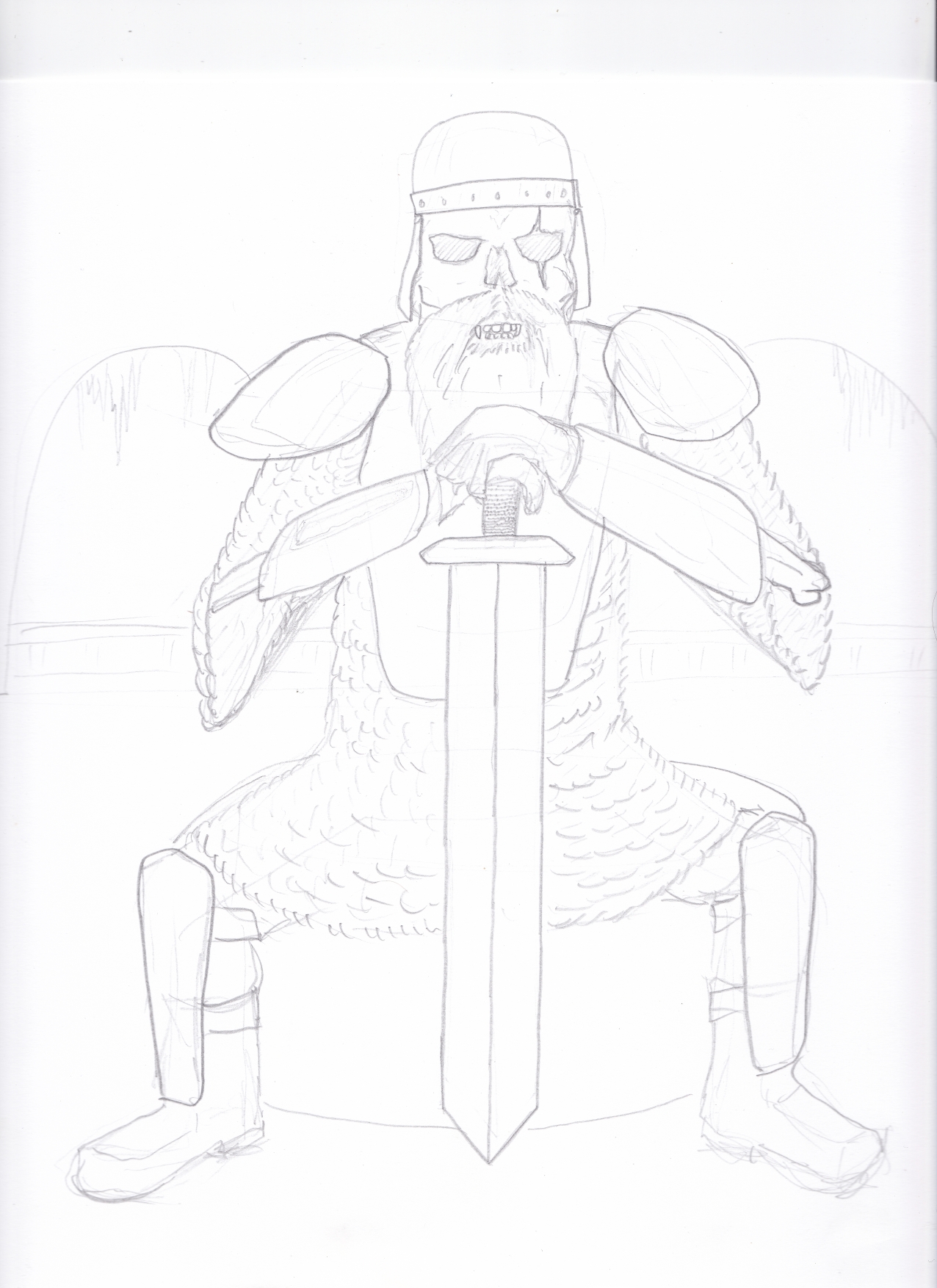
Posted in 5th edition Dungeons & Dragons, Character, Creature, Uncategorized by Adam A. Thompson with no comments yet.
Jäällätaudin the Ice Tongue
The History: This ancient blade’s full history is known only to the most studious Dwarven sages of the Dunheng Kingdoms, where it was forged to slay giants and dragons. In the centuries since, it has appeared in the hands of many heroes, only to be lost again with their passing. Most recently it was wielded by Jak, a King of the Fridon people who in tales is called the Giant Slayer. He was a king of the Fridon many years ago, when his people were attacked by the giants from the Danor Mountains. He fought them wearing the hide of a dragon and wielding Jäällätaudin, and drove them back to their burning peaks.
Below are statistics for Jäällätaudin using 5th edition Dungeons & Dragons rules. To customize it add some of the magic item quirks from the Dungeon Master’s Guide. Or alter these stats or add abilities to make it fit into your campaign.
Weapon (greatsword), very rare (requires attunement)
This thick-bladed, angular greatsword is a masterpiece of dwarven artistry. You gain a +1 bonus to attack and damage rolls made with this magic weapon. Against creatures with Damage Immunity to fire, the bonus is instead +3.
Sentient
Jäällätaudin is sentient, and is only interested in slaying dragons, and giants, or other fire-type creatures (salamanders, fire elementals, etc.). It will communicate its history through nightly dreams (telepathy), where the wielder lives through the many battles that the sword’s previous owners fought. If its wielder does not actively peruse the killing of its foes, a deep chill comes over the wielder and they must succeed on a DC 20 Constitution saving throw or become fatigued and vulnerable to cold damage until the sword is convinced the wielder will do as it wishes.
Many times in the past, this compulsion has driven the sword’s wielders to their doom, for no warrior survives every fight. Other times stubborn warriors resisted the sword’s commands, discarding it in an icy ravine or mountain lake. Twice those who could not leave the sword behind died from the cold, buried under a slowly-growing ice.
Cursed
This sword’s driving purpose and blood-soaked past have coalesced into a curse – no one, once attuned, may voluntarily discard the blade unless they succeed on a DC 20 Charisma saving throw.
Posted in 5th edition Dungeons & Dragons, Fantasy, Magic Item, Uncategorized by Adam A. Thompson with no comments yet.
5th edition Dungeons & Dragons Combat Critical Fumble Rules
I like critical fumbles in my D&D game. They increase randomness, speed up combat, and create tension and chaos on the battlefield. For me it’s a significant part of the fun of the game, so I use a critical fumble rule for combat when I’m the Dungeon Master or Referee.
So here’s my house rule: when someone rolls a 1 on an attack roll, they have to roll a d20 again to see how bad the fumble is:
20 – Recovery – the fumble has no major ill effect (feel free to make up some comical reason why)
16-19 – Over-swing – disadvantage on fumbler’s next attack roll
12-15 – Miss-step – advantage on the next attack against fumbler
9-12 – Fall Down – fumbler falls prone
5-8 – Drop Weapon – fumbler drops weapon, or else is dazed next round
4-2 – Wild Swing – attack self or ally (attacking player makes new attack roll)
1 – The Gods Frown – attack self or ally with advantage (attacking player makes new attack rolls), or something equally disastrous
The basic idea is, if you roll a 1, something bad happens. Not only have you failed, but your situation has gotten worse somehow.
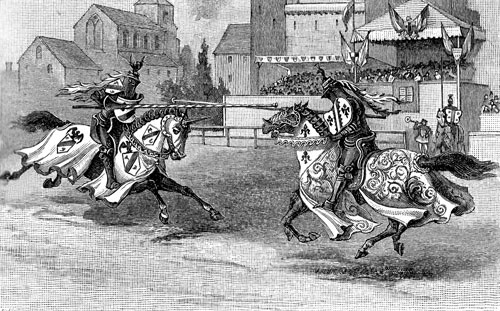
I used to use a different simple critical fumble table, where the results were basically a d4, and the lower you rolled the worse it was. I like it because it’s easy to memorize and use without having to refer to a table.
The above table is expanded to use the full numerical granularity of a d20. It also uses the “rolling 20 is good, rolling 1 is bad” game design element.
D4 Fumble Table
4 – off balance – enemies have advantage to attack you next round
3 – fall down – fall prone
2 – drop weapon – drop weapon or are dazed next round
1 – bad swing – attack self or ally
There have been a lot of critical fumble rules published, but recently I’ve seen a fun idea about how to handle fumbles. On the Moisture Farmer’s podcast, I heard them using a new-to-me critical fumble rule. Not only is it great for it’s simplicity, but also for the opportunity to be creative.
If a player rolls a 1, the GameMaster decides what happens to the player’s character. When a GameMaster rolls a 1, the players decide what happens to the GameMaster’s character. So when the GM fumbles, the players get to narrate what happens. When a player fumbles, the GM gets to narrate it.
No boundaries are needed, but as a DM, I’d probably usually limit to to, at worst, damaging your own character or an ally. If the players always end up demanding the the monsters fall on their swords and die, then it would be reasonable for the DM to decide the same thing happened to the PCs. So there’s an opportunity to do some creative role-playing and cooperate to keep things “in bounds”.
Do you use critical fumbles in your game? Why or why not? Let us know in the comments below.
Posted in 5th edition Dungeons & Dragons, d20 Future, D20 Modern, Gamma World, Uncategorized, Variant Rules and tagged critical fumble by Adam A. Thompson with no comments yet.
Class of 198X Character Sheets
Folks have been asking for pre-generated characters to use in the Class of 198X adventure, so I re-created the original character sheets that the CowChop crew used.
These characters are for use with the 5th edition Dungeons & Dragons rules, with a few items borrowed from the D20 Modern rules. Everything should also work fine with 3rd edition D&D.
These sheets are also being added to the adventure in the store, so everyone who has bought it so far should get an email with a link to download the new files.
Posted in 3rd edition Dungeons & Dragons / d20 fantasy / Pathfinder, 5th edition Dungeons & Dragons, Character, D20 Modern and tagged Class of 198X by Adam A. Thompson with no comments yet.
Class of 198X Characters
How you make characters for use in Class of 198X – The Adventure is going to depend on what RPG rules you’ll be using, and what type of characters the players will be making.
For modern characters, I recommend using the D20 Modern rules, available here: D20 Modern SRD Rules. The D20 Modern statistics here should work with the monsters from the 3.5 D&D SRD and Monster Manual.
Otherwise, use whatever character creations rules are indicated by the rules you’re using.
When I ran this adventure for the CowChop guys, I used the base classes from D20 Modern, and changed the skills to be 5th Edition Dungeons & Dragons style. The main difference is that D20 uses skill points, and in 5th ed. a character is either proficient with a skill, or they’re not. Doing this let me use the rules and monsters from 5th ed. D&D, which I prefer to the 3rd edition.
Here are their character sheets at the end of the adventure, after they all leveled up to 2nd level.
Posted in 3rd edition Dungeons & Dragons / d20 fantasy / Pathfinder, 5th edition Dungeons & Dragons, Editorial, rules agnostic and tagged Class of 198X by Adam A. Thompson with no comments yet.
Class of 198X
Class of 198X – The Adventure is now available at DriveThruRPG and RPGNow!
 In a large shopping mall in the 1980s strange things are afoot. Under a veneer of everyday happy consumerism lurk sinister beings from another world, plotting evil deeds. First the mall will be plagued by a rash of mysterious thefts, followed by kidnappings, and culminating with a devastating fire. If the heroes fail to discover the evil behind these foul acts, they risk a horrible outbreak that threatens to enslave the entire world.
In a large shopping mall in the 1980s strange things are afoot. Under a veneer of everyday happy consumerism lurk sinister beings from another world, plotting evil deeds. First the mall will be plagued by a rash of mysterious thefts, followed by kidnappings, and culminating with a devastating fire. If the heroes fail to discover the evil behind these foul acts, they risk a horrible outbreak that threatens to enslave the entire world.
The Player Characters (PCs) could be teenagers, or they could be fantastic D&D characters transported to this modern setting. They could even be law enforcement agents, paranormal investigators, or science-fiction style space-time police.
Get it today at DriveThruRPG.com and RPGnow.com!
Posted in 5th edition Dungeons & Dragons, Adventure, rules agnostic and tagged ClassOf198X by Adam A. Thompson with no comments yet.
Ghost Snakes (arcanalisti spectralis)
These ghostly snakes are the remnants of magic users who befell disaster while traveling through the astral realms. Their bodies are empty husks, but the souls of some remain, thirsty for magical energy.
At first glance they look like faintly glowing transparent snakes or eels who swim through the air, winking in and out of sight and passing through objects. As they move and attack it becomes clear that they are actually little ghostly skulls with vertebra trailing behind, surrounded by an odd glow of magical energy.
Small undead, chaotic evil
Armor Class 7
Hit Points 3 (1d6)
Speed fly 30 ft.
Proficiency +2
STR 11 (+0) DEX 14 (+2) CON 10 (+0) INT 12 (+1 WIS 8 (-1) CHA 6 (-2)
Senses passive Perception 9
Languages none
Challenge 1/8 (25 XP)
Arcane Absorption. If a ghost snake is reduced to 0 HP with a magical spell it is not destroyed, but instead disappears until its next turn, when it re-incorporates at full health and 3 temporary hit points (for a total of 6 HP) and +1 to attack and damage.
Incorporeal Movement. Ghost snakes can move through other creatures and objects as if they were difficult terrain. A ghost snake takes 5 (1d10) force damage if it ends its turn inside an object.
Actions
Bite. Melee Spell Attack: +3 to hit, reach 5 ft., one creature. Hit: 3 (1d6 force damage) and if the target is a spellcaster the ghost snake gains temporary hit points equal to the damage done.
Posted in 5th edition Dungeons & Dragons, Creature, Fantasy by Adam A. Thompson with no comments yet.
The Black Hand
Beyond the goblin wastes, in his stronghold The Tower of Zards, the foul necromancer known only as The Black Hand uses his evil magic to terrorize and enslave the people of Mystra. Bands of walking dead attack wayfarers, armies of corpses clash with forces of the living, and when The Black Hand visits a battlefield even greater horrors arise.
It is said that only heroes who have been granted the boon of the gods at the Temple of Kings will be able to pass the mystical wards and defeat the demon that guards the tower.
Medium undead, lawful evil
Armor Class 16 (natural armor)
Hit Points 49 (9d8)
Speed 30 ft.
Proficiency +4
STR 11 (+0) DEX 14 (+2) CON 12 (+1) INT 18 (+4) WIS 12 (+1) CHA 11 (+0)
Saving Throws Int +7, Wis +4
Skills Arcana +7, History +7
Damage Resistances cold, lightning, necrotic
Damage Immunities poison; bludgeoning, piercing, and slashing from nonmagical weapons
Condition Immunities charmed, exhausted, frightened, paralyzed, poisoned
Senses truesight 120 ft., passive Perception 14
Languages Common, Dwarven, Giant, Draconic, Infernal
Challenge 9 (5,000 XP)
Spellcasting. The Black Hand is a 9th-level spellcaster. It’s spellcasting ability is Intelligence (spell save DC 16, +8 to hit with spell attacks). The Black Hand has the following spells prepared:
Cantrips (at will): chill touch, ray of frost, true strike, minor illusion
1st level (4 slots): shield, magic missile, thunderwave
2st level (3 slots): misty step, ray of enfeeblement, hold person, mirror image
3st level (3 slots): fireball, counter spell, vampiric touch
4th level (3 slots): fire shield, ice storm
5th level (1 slot): cone of cold
Actions
Paralyzing Touch. Melee Spell Attack: +7 to hit, reach 5 ft., one creature. Hit: 7 (2d6 cold damage). The target must succeed on a DC 15 Constitution saving throw or be paralyzed for 1 minute. The target can repeat the saving throw at the end of each of its turns, ending the effect on itself on a success.
Posted in 5th edition Dungeons & Dragons, Character, Creature and tagged Prophecy of the Summer Frost, Tower of Zards by Adam A. Thompson with no comments yet.
The Suitors’ Challenge
an adventure seed for fantasy role-playing games
A common theme in ancient tales involve romance preceded by obstacles. Brunhilde, Atlanta, and Penelope all provide examples of these types of stories. This scenario presents an rich adventure idea that can incorporate heroic deeds, intrigue, and plenty of opportunities for role playing.
In these tales the young prince or princess is of age to marry. However, for whatever reason, someone does not want the marriage to take place. Perhaps the young princess wishes to spend her days hunting and running in the woods. Or the prince’s mother is jealous of her son’s affections and does not wish to have a rival. Maybe the princess’s kindly father simply cannot stand the thought of an unworthy person marrying his beloved daughter. It could be that an oracle has spoken a prophecy that unless a monstrous serpent is slain the princess will die of its poison. Or the princess is next in line of the royal succession and does not want a foreign husband ruling in her stead.
For whatever reason they have set conditions upon those seeking the hand of the young bride or groom. Perhaps the suitor must defeat a nearby monster, or beat the princess herself in a foot race or a contest of feats of arms. They could be sent to a distant land to retrieve some talisman or artifact to prove their worth. There may be additional penalties imposed for those who fail – perhaps they are stripped of land and title or exiled. Some may decree that those who fail the trial be put to death, in order to further dissuade any potential suitors.
The adventures may have been enlisted by another kingdoms’ young prince or princess to aid them in gaining the hand of the potential spouse. Or perhaps one of the adventures themselves is enamored of this young person. Or a combination of the two: perhaps the adventures are enlisted to aid someone and then find that one of their number is smitten by the young prince or princess.
The challenges themselves should be arduous. A chariot race can be extremely dangerous. A contest of archery might involve treachery with poison-coated arrows. Perhaps the nearby monster has a scaly hide which cannot be cut by mortal blades. Maybe the young princess has magical aid such as a belt of giant strength or help from the gods. The bride’s unwilling parents may interfere with the adventures. Conversely if they wish the marriage to take place they may help a chosen suitor. Rival suitors may well try to trip up or even kill their opponents.
Presented below is a short adventure built on this theme. (more…)
Posted in 1st edition D&D, 3rd edition Dungeons & Dragons / d20 fantasy / Pathfinder, 5th edition Dungeons & Dragons, Adventure, Fantasy and tagged Findor by Adam A. Thompson with no comments yet.
Blue Ooze
These mindless collections of damp goop consume whatever organic matter they come across. Their acidic nature makes them quick devourers of plants, dead matter, wood, and any animal too slow to escape them. They prefer damp, dark habitats, and do not survive long in direct sunlight or in dry conditions.
Known by sages as “The Scourge of the Lost City of the Magi”, upon first encounter blue oozes may seem to be little more than nuisances. Their contagious nature often causes this first impression to be replaced by alarm at their swift spread during rainy seasons.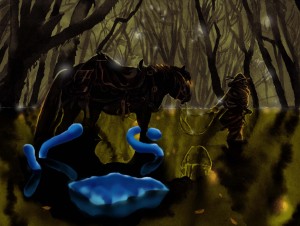
Blue Ooze
Medium ooze, unaligned
Armor Class 8
Hit Points 18 (2d8 + 6) (more…)
Posted in 5th edition Dungeons & Dragons, Creature by Adam A. Thompson with no comments yet.
